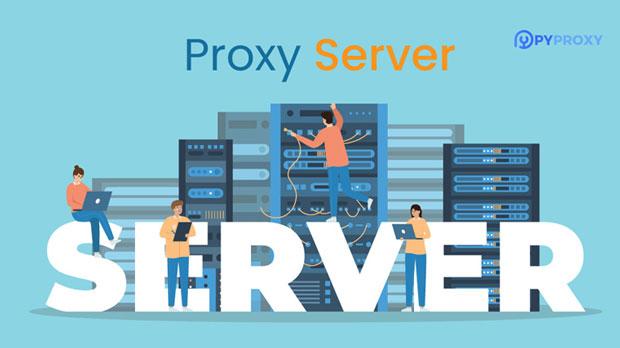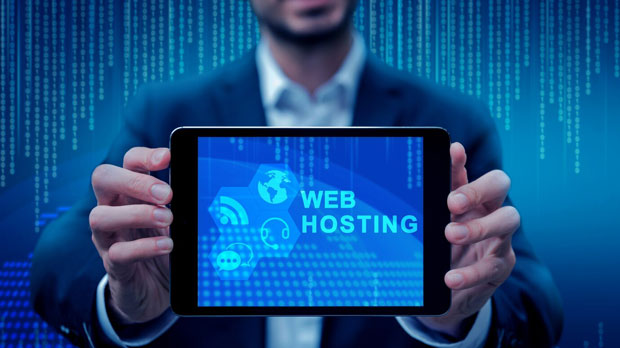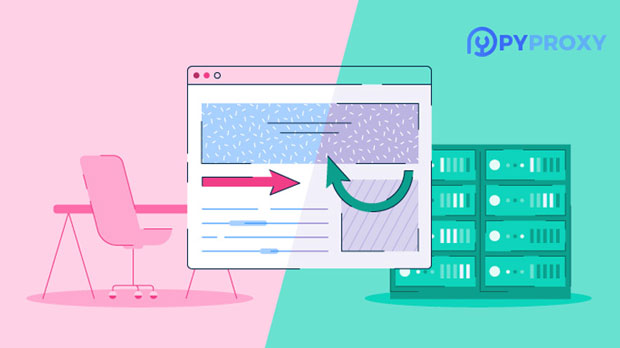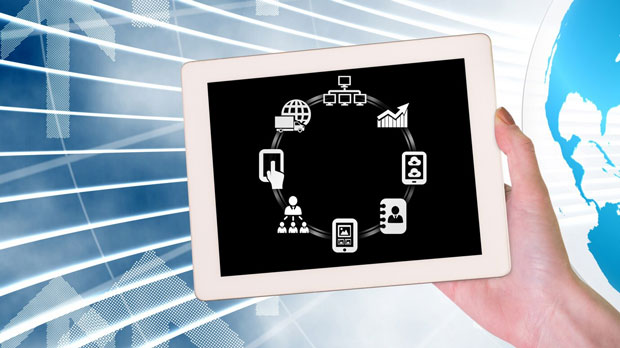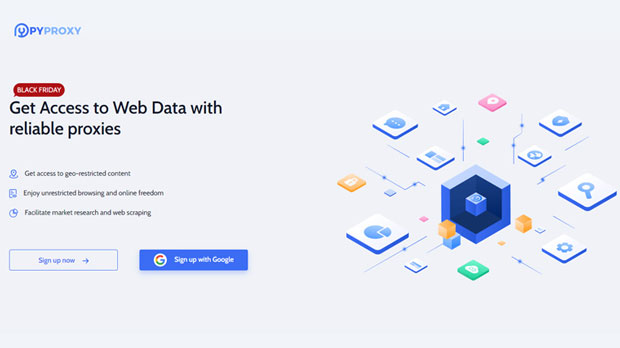Are high-speed SOCKS5 proxies safe and reliable?
In today's internet landscape, privacy and security are key concerns for individuals seeking to maintain anonymity while browsing the web. High-speed socks5 proxies have gained popularity due to their ability to offer fast and reliable internet connections while masking the user's real IP address. However, the question arises: are these proxies truly secure and reliable? This article will provide a comprehensive analysis, examining the pros and cons of high-speed SOCKS5 proxies, their functionality, security features, and potential risks. By the end, you will have a clear understanding of whether they can be trusted for safeguarding your online activity. What is a socks5 proxy?SOCKS5 is a version of the SOCKS (Socket Secure) protocol, commonly used to route internet traffic through a proxy server. Unlike traditional proxies such as HTTP or HTTPS, SOCKS5 does not modify the data it handles, meaning it can route any type of internet traffic, including emails, torrents, and streaming media. This flexibility makes SOCKS5 proxies highly versatile and useful for a variety of online activities.One of the key characteristics of SOCKS5 is its ability to provide a high level of anonymity by masking the user’s IP address. When using a SOCKS5 proxy, your internet traffic passes through an intermediary server before reaching its destination. This means that the website or service you are interacting with will only see the IP address of the proxy server, not your own, which helps conceal your identity.Advantages of High-Speed SOCKS5 Proxies1. Enhanced Privacy and Anonymity One of the most significant advantages of using a high-speed SOCKS5 proxy is its ability to offer enhanced privacy. By routing your internet traffic through a proxy server, your real IP address is hidden, which makes it much harder for websites, advertisers, or even hackers to track your online activities. This added layer of anonymity is crucial for individuals concerned about privacy and security, especially when browsing sensitive websites or using public networks.2. Fast and Unrestricted Internet Access High-speed SOCKS5 proxies are designed to offer minimal latency and fast browsing speeds. Unlike VPNs, which can sometimes slow down the internet connection due to encryption overhead, SOCKS5 proxies typically do not alter the data, allowing for faster internet speeds. This makes them a popular choice for activities such as streaming, online gaming, and downloading large files.3. Bypass Geo-Restrictions SOCKS5 proxies can also help bypass geographical restrictions. For instance, if you are in a country where certain websites or services are blocked, using a socks5 proxy server located in a different country can allow you to access those services. This is particularly useful for accessing content that may be region-locked or censored in certain parts of the world.4. Support for Various Internet Protocols Unlike other types of proxies, SOCKS5 is protocol-agnostic, meaning it can handle various types of internet traffic, including TCP, UDP, and even ICMP traffic. This allows for more versatile usage, making SOCKS5 proxies suitable for a wide range of activities like torrenting, gaming, and VoIP calls.Security Risks of High-Speed SOCKS5 ProxiesWhile high-speed SOCKS5 proxies offer several advantages, they also come with certain security risks that must be taken into account. Below are some of the primary concerns:1. Lack of Encryption Unlike VPNs, which encrypt your internet traffic, SOCKS5 proxies do not provide built-in encryption. This means that while your IP address may be hidden, your data is still transmitted in plain text, making it vulnerable to interception by hackers or other malicious entities. If you are engaging in activities that require high levels of data security, such as online banking or accessing sensitive business information, a SOCKS5 proxy may not be secure enough on its own.2. Potential for Data Logging Not all SOCKS5 proxy providers adhere to a strict no-logs policy. Some may log your activities for various reasons, such as for troubleshooting, marketing, or even selling user data to third parties. It is essential to verify the privacy policy of the proxy provider before using their service to ensure that your data is not being recorded or shared. If privacy is a significant concern, this could be a major drawback of using a SOCKS5 proxy.3. Vulnerability to Man-in-the-Middle (MITM) Attacks Because SOCKS5 proxies do not encrypt data, they are susceptible to man-in-the-middle attacks. In this type of attack, a hacker intercepts the communication between the user and the proxy server, potentially gaining access to sensitive data. To mitigate this risk, users should ensure they are connecting to a trusted and secure SOCKS5 server, but even then, the lack of encryption remains a vulnerability.4. Reliability of Proxy Servers The reliability of a high-speed SOCKS5 proxy depends heavily on the provider and the infrastructure supporting it. Free or low-quality proxies are more likely to experience downtime, slow speeds, or inconsistent performance. Additionally, some proxy providers may throttle bandwidth, which can negatively impact your internet experience, especially if you're using the proxy for high-demand tasks like streaming or gaming.Best Practices for Using High-Speed SOCKS5 Proxies SafelyIf you decide to use a high-speed SOCKS5 proxy, there are several best practices to follow in order to enhance your security and ensure that your proxy usage remains safe and reliable:1. Use Encrypted Connections If security is a concern, consider using SOCKS5 in conjunction with other encryption methods, such as HTTPS or SSL/TLS, to encrypt your data. This can provide an added layer of protection and mitigate the risks associated with unencrypted traffic.2. Verify the Proxy Provider's Reputation Before using a SOCKS5 proxy, it is crucial to verify the reputation of the provider. Look for reviews, privacy policies, and security audits to ensure that the provider is trustworthy and operates with a transparent privacy policy.3. Avoid Free Proxies While free SOCKS5 proxies may seem like a cost-effective option, they often come with significant risks, including poor security practices, slow speeds, and unreliable performance. It's generally recommended to opt for a paid, reputable provider that offers secure and consistent service.4. Monitor for Leaks One potential issue with SOCKS5 proxies is the possibility of DNS or IP leaks. It is important to regularly check whether your true IP address is being exposed while using the proxy. There are various online tools available to help detect IP or DNS leaks, which can help maintain your privacy.Conclusion: Are High-Speed SOCKS5 Proxies Safe and Reliable?High-speed SOCKS5 proxies offer a compelling combination of speed, flexibility, and privacy, making them a popular choice for users seeking anonymity and unrestricted internet access. However, their lack of encryption and potential for data logging or man-in-the-middle attacks mean that they may not be suitable for highly sensitive activities or users with stringent security needs.In summary, while SOCKS5 proxies can be secure and reliable for general browsing and accessing geo-restricted content, they should be used with caution if your primary concern is data security. By following best practices such as using additional encryption methods and choosing a reputable provider, you can significantly mitigate the risks and enjoy the benefits of high-speed SOCKS5 proxies with greater peace of mind.
2025-01-08


















































